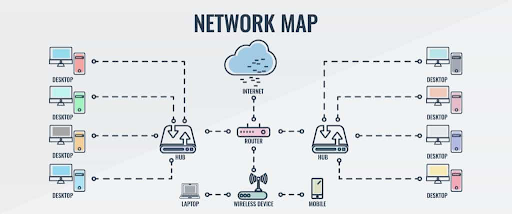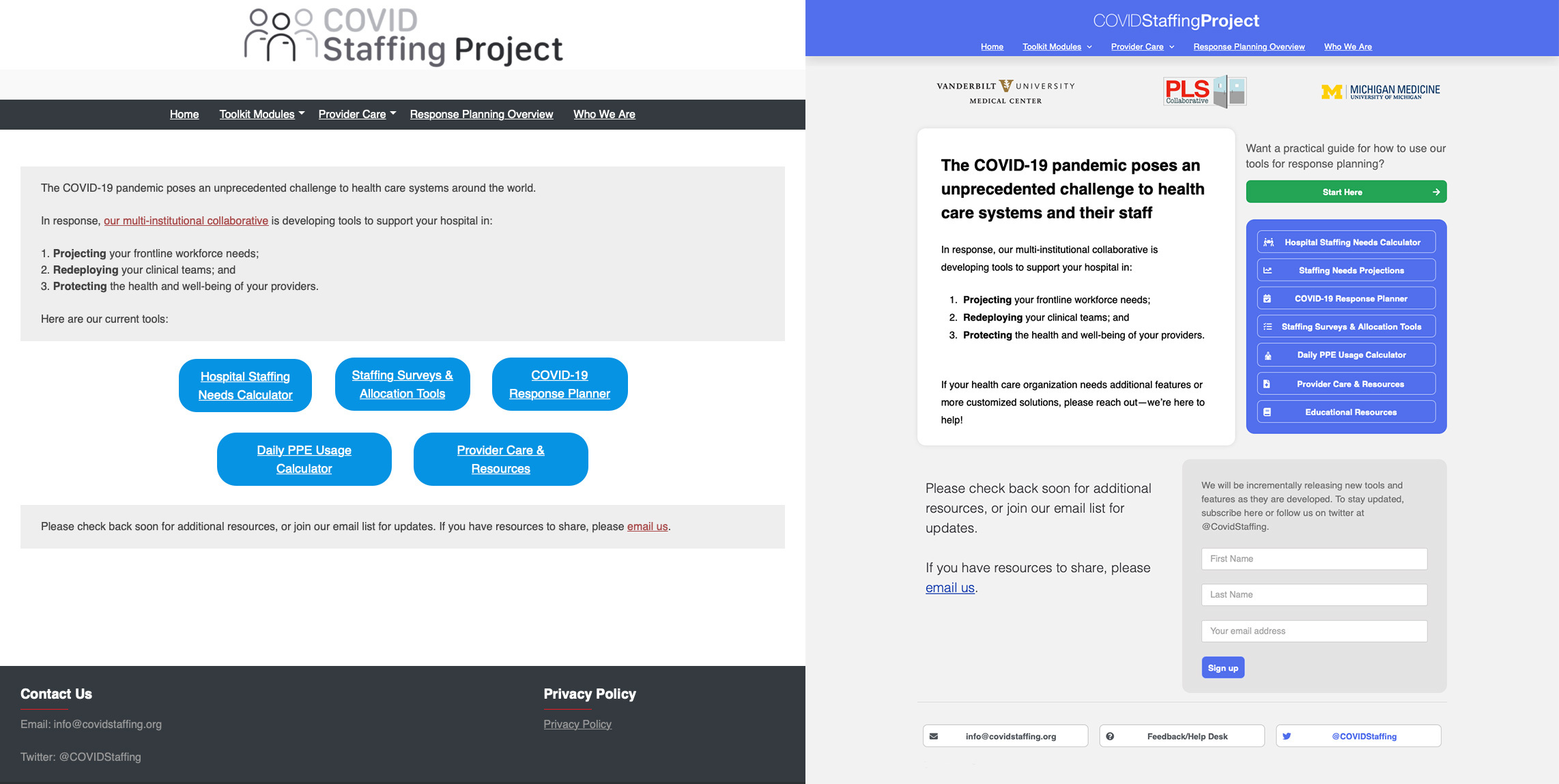Creating a Custom WordPress Plugin: Rendering a SPA and Exposing a REST API

If you’ve been on the Internet, chances are you’ve used a WordPress site. WordPress, a free, open-source content management system (CMS) that allows you to host and build websites, is currently responsible for 43% of all websites on the Internet. With so many WordPress websites out there, finding ways to increase your site’s useability and efficiency is key. One easy way to do that? By rendering a SPA and exposing a REST API.








